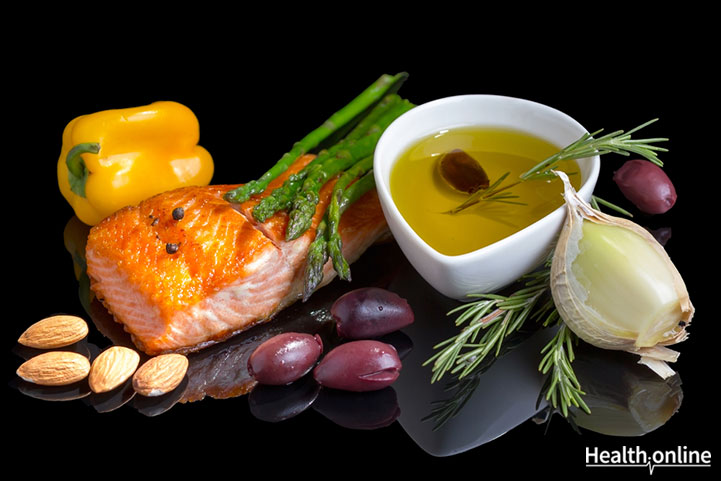
The Increasing Popularity of Inflammation-fighting Foods
It isn’t exactly news that diet plays an important role in our health. “Let food be thy medicine and medicine be thy food”, is reported to have been said by Hippocrates over 2,000 years ago. But only now is modern Western society starting to really grasp just how important food is- not only for a healthy body but also for a healthy mind.
One aspect of health that is being studied closely, is the connection between inflammation and disease.
What exactly is inflammation?
Inflammation is actually a normal and necessary bodily process, whereby your immune system attacks foreign stimuli — like pathogens or irritants — in order to protect the body from them. When you get a splinter in your finger and the skin around it gets red and swollen, that’s an example of acute inflammation caused by the body fighting away any potential infection.
Inflammation is actually a normal and necessary bodily process, whereby your immune system attacks foreign stimuli — like pathogens or irritants — in order to protect the body from them. When you get a splinter in your finger and the skin around it gets red and swollen, that’s an example of acute inflammation caused by the body fighting away any potential infection.
Chronic inflammation, on the other hand, is when this response keeps going on even in the absence of an immediate threat. When this happens, the immune system mistakenly attacks normal cells. This destructive form of inflammation has been linked to various diseases including cancer, Alzheimer’s, heart disease, different types of diabetes ; even acne and depression.
What effect does diet have on inflammation?
Different people’s bodies respond to foods in different ways. However, there are specific foods that are considered to accelerate the path to inflammatory disease. On the bright side, while some foods inflame, others are believed to help ease inflammation. An inflammation-fighting diet is, therefore, one that cuts down on the former category of foods while simultaneously increasing the volume of the latter.
Foods that are inflammatory include refined carbohydrates (like white bread, cakes, and crackers) , red meat, sugars, artificial sweeteners and trans fats. Gluten and dairy can also contribute to inflammation.
Anti-inflammatory foods include healthy fats like olive oil, nuts, and fatty fish; leafy greens, tomatoes, peppers and beets; fruits like berries and oranges; fermented foods; and spices including ginger and turmeric.
Why has the intake of anti-inflammatory foods increased?
One of the reasons why the intake of anti-inflammatory foods has increased so much is that these foods have become popular trends in their own right. Even if the end consumer doesn’t know or understand the concept of inflammation, they still have the understanding that these particular foods are very healthy — perhaps even thanks to their labeling as “superfoods ”. Turmeric lattes, also known as “golden milk” drinks, have popped up in cafés as a coffee alternative, while foods that are gluten-free alternatives to grains — like zucchini “noodles” and cauliflower “rice” — have also become hugely popular.
Whether consumers may or may not be consciously aware of the anti-inflammatory properties of foods that are currently trending, incorporating these foods into our diet is a positive step towards fighting inflammatory disease. While these anti-inflammatory foods are by no means an alternative to medical treatment, you should certainly make some space on your plate for them if you are prone to suffering from any kind of inflammation.




